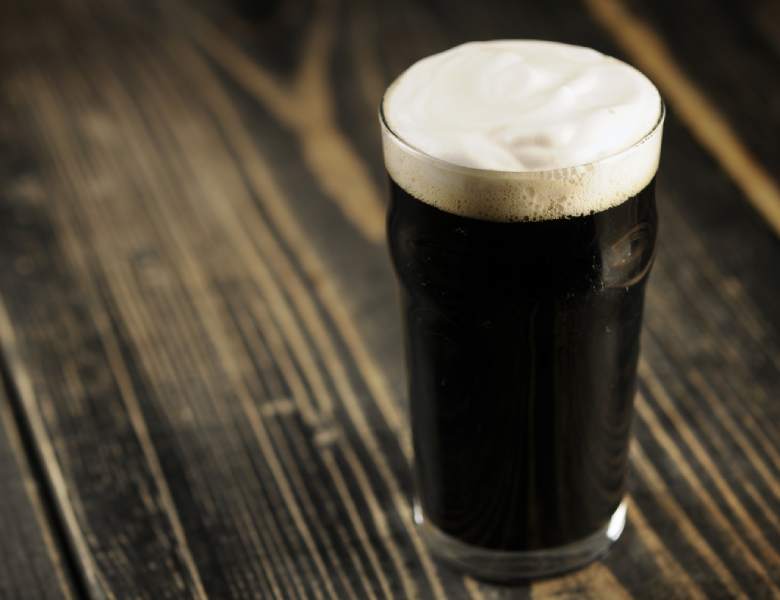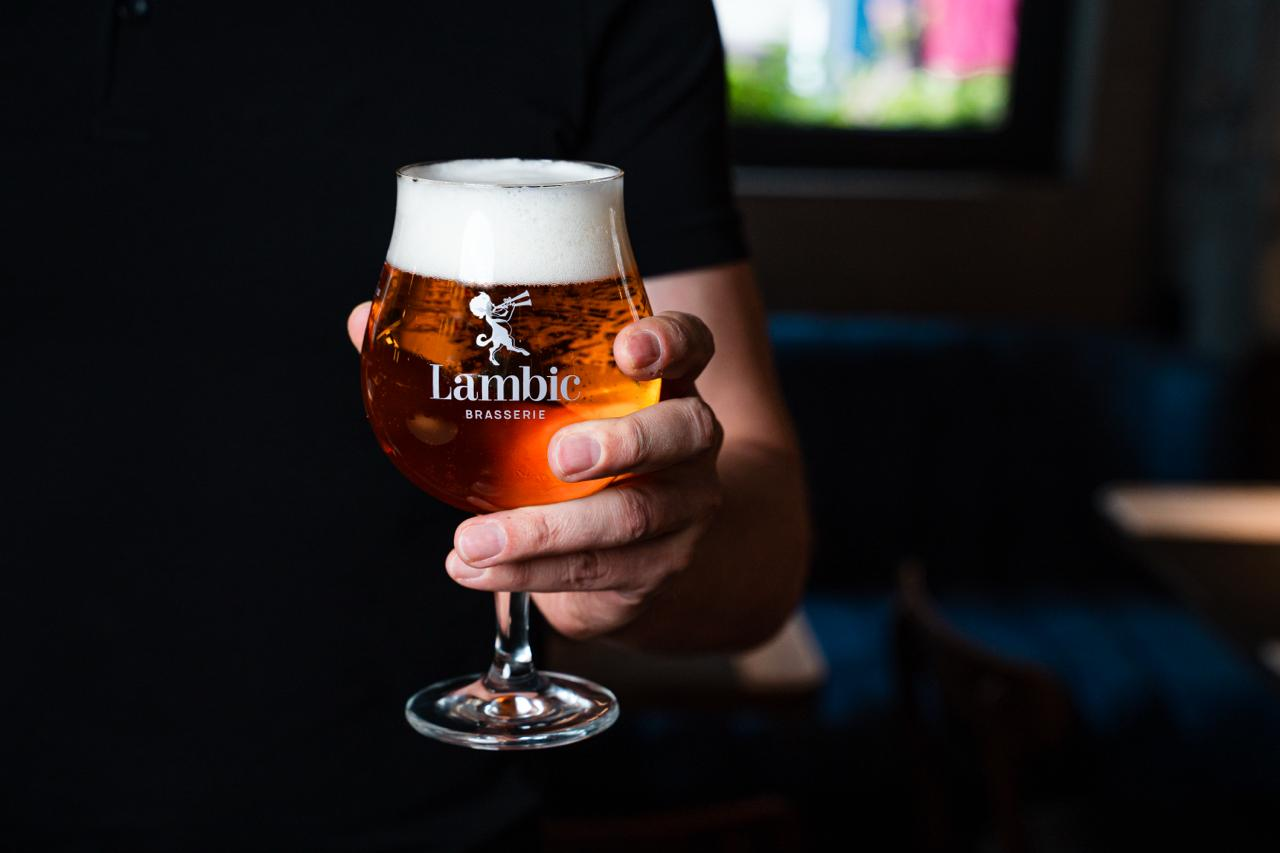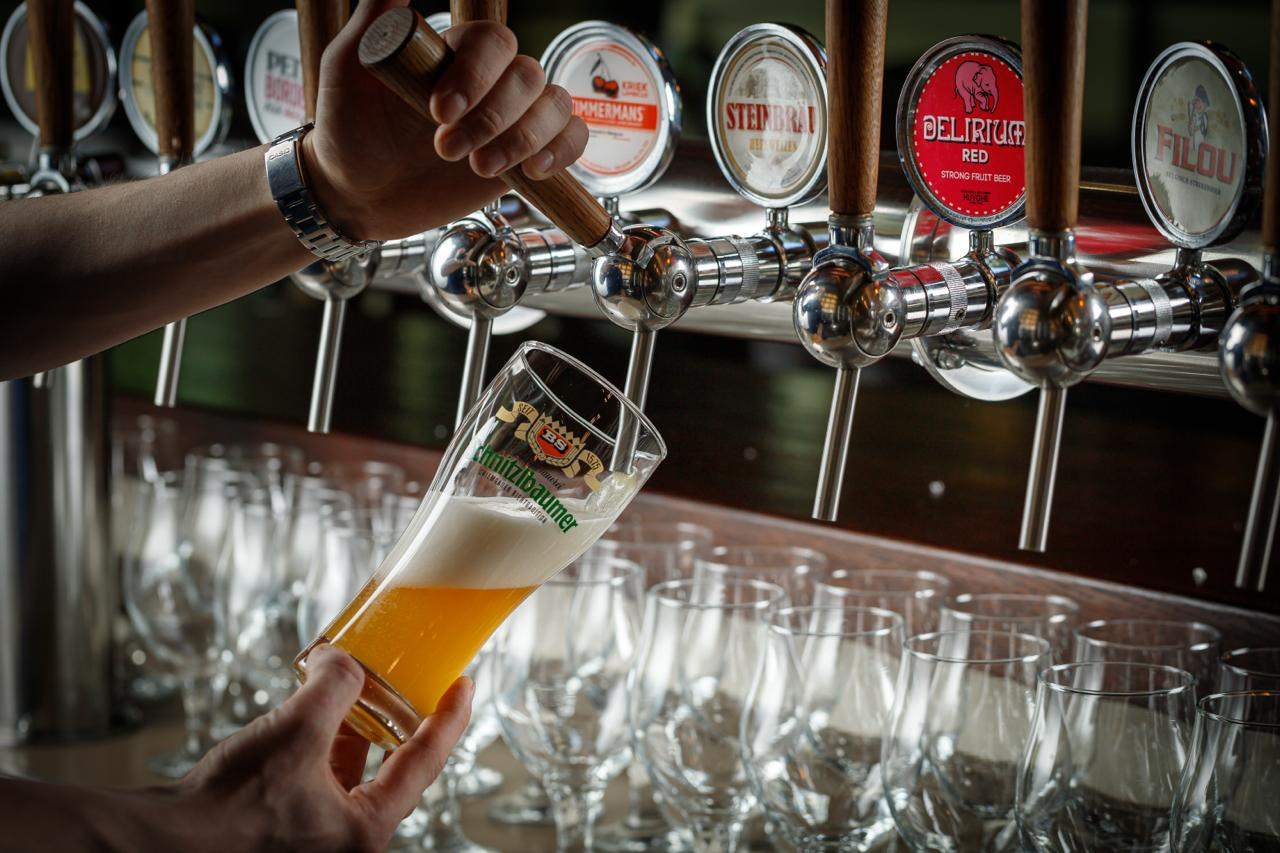The Style of Stout Beer: All About Ireland's Most Irish Beer

St. Patrick's Day, shamrocks, leprechauns, and dark stout beer are the first associations most people would make when asked about Ireland. Of course, today stouts are produced all over the world, but they are still considered a symbol of this northern country, and the Guinness Brewing Company, which invented the technology and introduced the name, is the benchmark of the trend. Do you want to know how it all began?
History
The first mention of stout — then still called porter — can be found in manuscripts from 1677. According to the descriptions, this inexpensive beer "hit the head well" and could be easily stored for a long time. However, it was not necessarily dark, the main thing being that it was strong.
Originally, the English adjective stout literally meant "courageous, proud and brave." At the beginning of the XIV century the meaning "strong" was added to this list of epithets and the Guinness Brewing Company drew attention to it when choosing a name for its product. The new drink was dubbed stout porter, i.e. strong porter, but with time the second part of the name became irrelevant, including the efforts of the brewers themselves. Arthur Guinness understood the value of the new term and promoted it with all his might in order to create a clear image of the product among consumers with just one word.
The main difference between stout and modern porter is the thick black color, which is achieved by the use of burnt malt in the production process. Stout is also characterized by a pronounced coffee aroma and a rich taste, which clearly shows notes of chocolate, cocoa and barley grains.
Interesting Facts
Perhaps the most unusual thing that can be said about stout is the legends about its alleged healing properties. In the nineteenth century, this misconception reached such proportions that doctors began prescribing stout for post-operative patients, blood donors, and even nursing mothers. Modern scientists have confirmed that beer has a refreshing effect and thanks to the high-temperature roasting process the malt contains a large amount of antioxidants, iron and flavonoids, which prolong youth and freshness of the skin, but it is still an exaggeration to say that its true curative properties are very strong.
Stout also has its own festival, which was established at the initiative of numerous fans of this style of beer. Every first Thursday of November admirers and producers from around the world gather together to taste new varieties, evaluate unusual flavor combinations and just enjoy their favorite beverage.
You can taste real Irish stout in the capital at one of the beer restaurants of the chain. We offer a variety of varieties from the best producers and a large menu of appetizers and main courses. Visit us!

How to choose beer yourself: a detailed guide for beginners
Contents How to choose a delicious beer Seven signs of good beer Rules for drinking beer Beer is a low-alcohol beverage made from hops, barley malt, and yeast through fermentation. But not everything on store shelves and in bars can be called truly good beer. How can you choose a tasty beer How can you choose a tasty beer if you don't know anything about it? Here are ten simple rules to help you find a truly good drink. 1. Label To avoid buying a poor-quality product, you need to check the label for authenticity. On a quality beer, it should be affixed evenly, without wrinkles, bubbles, or damage. All information, including ingredients and shelf life, should be easy to read. And with the help of special apps, you can check the authenticity of the excise stamp to ensure the legality of the product. 2. Shelf life The shorter the shelf life, the better the quality of the beer. Stabilizers are added to the drink for long-term storage, which makes it harder on the body. For example, live unfiltered beer can only be stored for 2-3 days, and it is best to try it in breweries. Pasteurized “live” beer from the store can be stored for several weeks. Never drink beer that has expired — it can cause poisoning. 3. Strength and density The numbers 10%, 12%, or 14% on the bottle most often refer to the density of the beer, not its strength. Here is an approximate conversion to familiar degrees: — 10% density — about 4% alcohol; — 12% — about 5%; — 14% — about 6%; — 18% — about 8%. Nowadays, many manufacturers directly indicate the alcohol content. The norm is from 3% to 14%. Good beer has an alcohol-to-density ratio of about 1 to 2.5. If the balance is disturbed, alcohol may have been added to the drink. 4. Storage conditions Beer in kegs in bars or stores must be stored in a cool place. This is especially important to monitor in the summer. Heat and sunlight cause beer to spoil quickly and may cause it to ferment. Therefore, both in restaurants and supermarkets, it is worth asking where the drink was stored. It is best not to take warm bottles from the shelves. 5. Cleanliness matters Beer keg tubes should be cleaned daily or at least several times a week. If this is not done, yeast residues will spoil the taste of the drink and give it an unpleasant sourness. This means that it is better to go to trusted establishments, as the risk of encountering a poor-quality product is lower. 6. Serving tricks Before pouring beer, there is no need to wipe the glass dry. It is enough to rinse it with cold water to wash off dust and cool it down. Water droplets on the sides of the glass will help the beer reveal its taste and aroma better. 7. Counting circles After drinking a good beer, foam marks — “rings” — remain on the sides of the glass. Their number often corresponds to the number of sips. If there are no marks, the beer may be diluted. You should also be wary if the foam is too large and takes up half the glass — unscrupulous bartenders save on the drink this way. 8. Better to pour it into another container Beer can be sold in glass bottles, tin cans, or plastic containers. It is best to drink it after pouring it into a glass or mug. If you drink it straight from the bottle or can, the drink gets shaken up and quickly oxidizes, which spoils its taste. 9. What is the price? Cheap beer almost always means poor quality. Of course, a high price does not always guarantee excellent taste (part of the price may be advertising costs), but a low price is a sure sign of a bad product. 10. Choose according to taste And the last rule is that to choose a beer that you will definitely like, it is important to focus on your own taste. The main types are: porter — dark and strong; ale — thick and aromatic; lager — classic light; lambic — Belgian beer with fruity notes. Seven signs of good beer The quality of beer can be determined by several characteristics: — Good beer should not be cloudy (this also applies to unfiltered beer). Cloudiness indicates impurities or a violation of the brewing process. — There should be a slight bitterness of hops in the taste, but it should not be unpleasant. — There should be no pronounced smell of honey or acidity — this is a sign of a defect. — The taste should be dense and rich, not watery. — The foam should be dense and persistent, lasting several minutes. With light beer, the foam leaves rings as the glass is emptied. — Dark beer usually has less foam (up to 5 cm), but the bubbles last longer. — A distinct sourness and sharp bubbles indicate that the beer has fermented or contains artificial additives. Rules for consumption Have you selected a quality beer? Here is how to serve and drink it properly: — Do not mix different types of beer in one glass. It is better to finish one and pour a fresh one into a clean glass. — Choose glasses made of glass, ceramic, or porcelain. Plastic and metal are not suitable. — The optimal serving temperature is up to 8 °C. Cool beer in the refrigerator, but not in the freezer — a sharp temperature change will spoil the taste. — Pour beer correctly: hold the bottle or can 2-3 centimeters from the rim of the glass, which should be held at an angle. Pour to the middle of the glass (there is often a special mark there) to allow the foam to form and settle. — The ideal way to taste beer is in three sips: the first large (about half), the second half of what remains, and the third to finish off the rest. And don't mix beer with other alcohol. — Never add fresh beer to yesterday's leftovers. It's better to pour out any unfinished drink. Now you know how to distinguish quality beer and serve it correctly. And if you don't want to do everything yourself, come to Lambic beer restaurants! We will advise you on beer, recommend excellent snacks to go with it, and delight you with a cozy atmosphere. See you soon!
30 September 2025

Start the new season with taste: what beers to drink in autumn
Contents Lambic: born in Belgium IPA: a hoppy classic Lager: not just light Dark ale: rich and deep flavor Gose and Sours: for those who enjoy a sour taste September and October are peak months for beer lovers. With Oktoberfest and other festivals in full swing, it’s the perfect time to explore seasonal styles and discover brews that pair beautifully with crisp air and hearty food. Here’s your guide to fall-friendly beer styles and their ideal pairings. Lambic: born in Belgium Spontaneously fermented and deeply traditional, lambic offers a sour, earthy profile with notes of leather, forest, and aged cheese. Fruit lambics add berries or juices, faro includes caramelized sugar, and geuze blends vintages for wine-like complexity. Pairing: Classic lambic with cheese and seafood; fruit lambics with red meat or veal salad. IPA: a hoppy classic Bold and bitter, IPA was born out of necessity — extra hops preserved it during long voyages to India. Today, it’s a favorite for its aromatic punch and assertive bitterness. Pairing: Spicy dishes, grilled meats, kebabs, and fruit-based plates — the bitterness amplifies flavor. Lager: not just light Clean and crisp, lagers are brewed at low temperatures. While pilsners are light and hoppy, dark lagers offer caramel depth. Barrel-aged lagers are gaining popularity for their woody richness. Pairing: Spicy cuisine, pizza, burgers, and Asian or Mexican dishes — lagers balance heat and fat. Dark ale: rich and deep flavor Top-fermented and roasted, dark ales deliver flavors of nuts, chocolate, caramel, and smoke. Barrel aging adds layers of vanilla, oak, and spirits. Barleywine stands out with 10–13% ABV and aging potential. Pairing: Smoked meats, aged cheeses, and chocolate or coffee-based desserts. Serve slightly chilled (12–14°C) and sip slowly. Gose and Sours: for those who enjoy a sour taste Gose is salty and citrusy, thanks to coriander and salt. Sours — especially smoothie sours — are thick, fruity, and vibrant. Rapid fermentation with lactobacillus speeds up production. Pairing: Gose with salty snacks or sweet desserts; smoothie sours as standalone dessert drinks or digestifs. Celebrate autumn at Lambic beer restaurants. We offer the best brews from around the world, delicious food, and a cozy atmosphere. See you soon!
30 September 2025